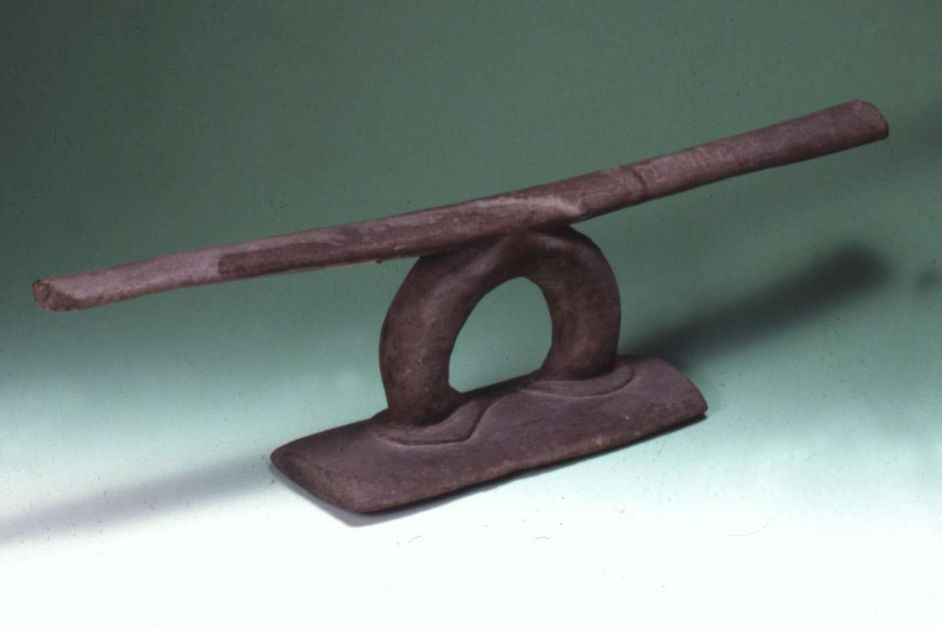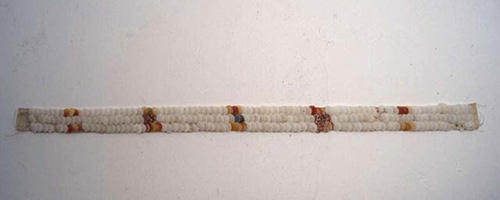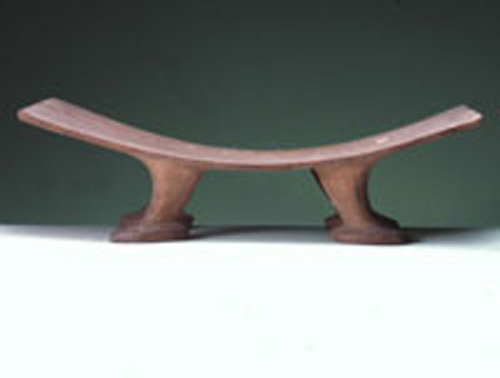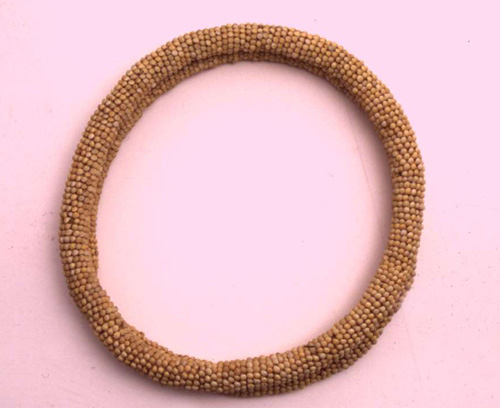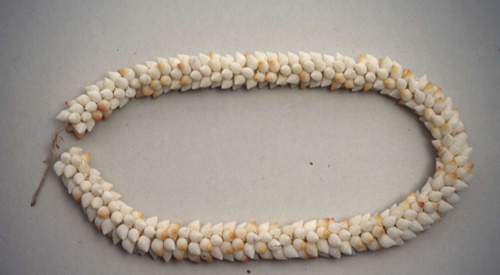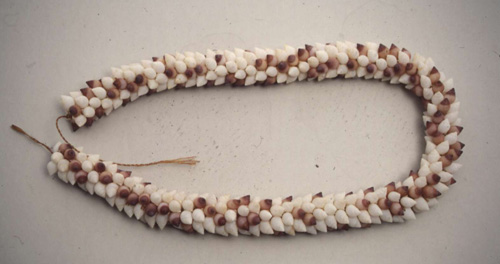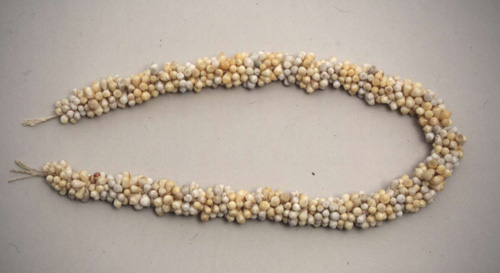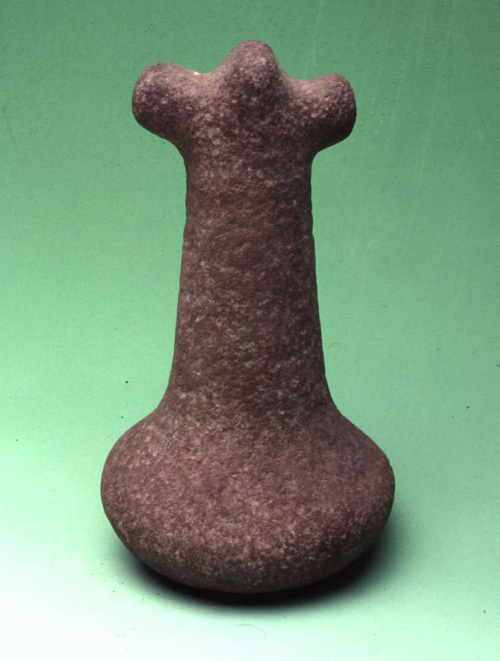Made of small shells it could also be used as a crown (lei po'o).
On the basis of the material used, we distinguish the non-perishable lei made with feathers, bone, hair, teeth, shells and perishable ones made with flowers, leaves and small fruits.
The conception of this type of ornament is Polynesian, but it is in Hawaii that it has reached greater quality of expression: the materials were selected for beauty, color, symbolism, therapeutic value, fragrance. After the discovery of these islands were introduced new materials including:
glass, ceramics, semi-precious stones, which were incorporated into the making of necklaces. With tourism, production has become an important economic activity: today, alongside the traditional necklaces are those made with silk, paper, current coins in the United States, plastic, ribbons.
Hawaii
